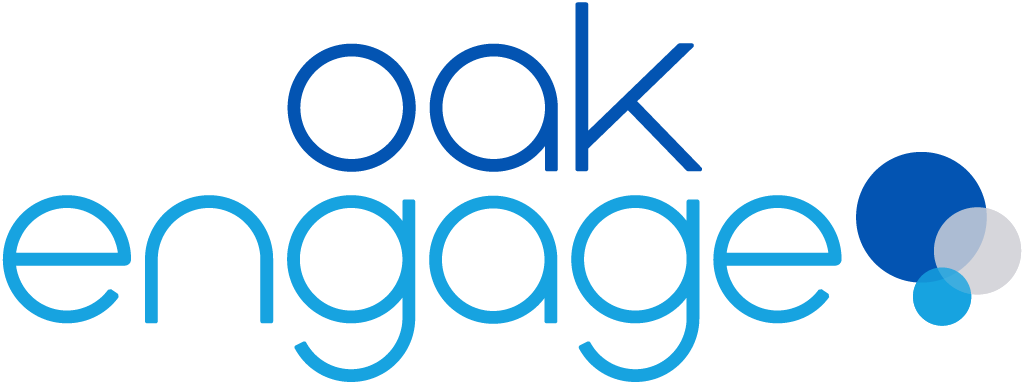Nobody likes change, but we’re becoming worse at accepting and embracing it. Global consulting firm BCG found that 75% of transformation efforts do not deliver the desired outcomes. So, why are we so bad at addressing change and how can we begin to change our outlook? In this blog we’ll be discussing:
- What is change resistance?
- What causes change resistance in the workplace?
- Tips to prevent change resistance in the workplace
What is change resistance?
Not many of us are fond of change, which makes change resistance quite a common thing. Change resistance is when we oppose or avoid change. It usually stems from a fear of the unknown and the discomfort that we think change might bring.
It’s the psychological or behavioural barriers that individuals and groups may experience when faced with a change in environment, routine or circumstances.

Change resistance can happen anywhere, at an individual level and in the workplace.
It’s vital to have a change management plan in place so to reduce change resistance and ensure you communicate effectively with your employees. Not having an appropriate change plan can result in a lack of psychological safety at work which can lead to fear of failure, decreased willingness to speak up, blaming others and a decreased risk of interpersonal risk taking where employees feel safe to share their perspectives without retaliation.
Change resistance personas HR & comms need to consider
Your employee base will be full of different people with different personalities, life experiences and behaviours. This means everyone in your workforce will deal with change differently, however there are change resistance personas based on behaviour and attitude which can help teams and leaders address and manage change resistance within the workplace.
Personas include: vocal, quiet, individual and collective. Let’s learn a little bit more about them…
- Vocal: You’ll know a vocal change resistance persona when you see, or hear one. These people openly express their opposition to changes and voice their concerns freely. Their dissatisfaction can impact others and convince others to oppose changes also.
- Quiet: Quiet change resistant personas tend to go under the radar and are more passive in their opposition to change. They’re more likely to complain behind closed doors and are not as vocal as some of the other personality types.
- Individual: Individual change resistant personas are heavily resistant to change because it can have a negative impact on their job role, career, reputation and general position in the organisation. They will refuse to participate in changes and actively work against them.
- Collective: Collective change resistance personas value the collective workforce and resist change because they feel like it will have a negative impact on teams, departments or the organisation as a whole. They band together with other like-minded employees to voice their concerns or engage in collective action against changes.
What causes change resistance in the workplace?
When change in the workplace can lead to business success, higher profits and progress for the business, why are so many people reluctant to go along with the changes? There are a multitude of reasons…
Mistrust in the organisation/leadership
One of the biggest reasons for change resistance in the workplace is a lack of support or trust in leaders with 41% stating that mistrust would make them resistant to change. Leaders play a huge role in ensuring change is successful within their organisations.
“Ultimately that cultural change is often a leadership thing, so for me leadership development and capability has to be at the heart of any cultural change.” - Lisa Wheatcroft, Change Management Expert & MD of Oriri
Poor Communication
Poor communication is one of the biggest causes of business failures. If your workforce don’t feel involved in what is happening in your business, they’ll feel as if they’re not valued and like their viewpoints aren’t appreciated. In fact, 39% of UK employees say a lack of awareness around change would make them resistant to it.
Recommended Reading 📖: Communicating as a Company During Difficult Times
Fear of the unknown
Our brains don’t like change because they are constantly trying to predict what is going to happen to us, to keep us safe. That’s just how our brains are wired. But 38% of UK employees say a fear of the unknown would make them resistant to change.
“As human beings, we don’t like change generally and that’s because our brains are designed to keep us safe. If we can’t predict what’s going to happen, we are going to worry and feel a bit anxious. Some of us more than others.” - Jenni Field, Business Communications Expert & Author
Impact of poor communication
33% of employees said a lack of open honest communication has the most negative impact on employee morale. How are you going to get your employees on board with change in your organisation if you haven’t explained the benefits of the change, how it’s going to work and how it will affect them?
Having a clear communications strategy, especially during times of organisational change is one of the best ways to ensure employees are clear in what is going on, and that they feel safe.
Tips for HR to prevent change resistance in the workplace
HR are responsible for the employees in the business and the operation of business and therefore have a huge role in guiding employees through change in the workplace. Here are ways that HR can prevent change resistance in the workplace and guide employees through organisational change…
Get buy in early
Involving employees in the decision making processes early on is a great way of demonstrating how much you value their input and gives them a role in shaping the future of the business. Making them involved in any decisions is a great way to navigate organisational change. Use a focus group made up of employees from across the business to run the changes through, get recommendations and tailor your plan based on feedback. This will also allow you to hopefully get the focus group to become your change champions within the organisation.
“Employee buy-in is the most important thing in change. I would always get people involved early on . In my experience the people know more about the problems and what happens than the leaders do, as they’re the ones doing it.“ Lisa Wheatcroft, Change Management Expert & MD of Oriri
Communicate updates regularly
Keeping employees informed about the progress of the changes and any updates along the way leaves no room for confusion and ensures your employees all remain in the loop. Regular communication helps build trust and encourages psychological safety. Keeping your communications transparent and clear will also mean that there’s no room for rumours or misinformation travelling along the grapevine.
Segment your audiences
Different employees may have different concerns or questions about changes, so it's important to segment your audiences and tailor your communication accordingly. For example, frontline and deskless employees may have different concerns than managers or executives.
Oak’s curated content is great for delivering personalised messaging. You might want to segment people by device, or by their role during change and ensure certain messages reach them and only them. AI algorithms empower communicators to create personalised feeds for all your employees so that they get the right message at the right time and in a way that suits their preferences.
Provide supporting resources
Providing resources such as training, coaching, and mentoring can help employees adapt to the changes more quickly and effectively. Before changes occur, make note and identify any skills gaps or challenges that may arise as a result of the changes and support your employees accordingly.
If you need to store resources for new processes and procedures, Oak is the perfect solution. Create key homepages for the change, one place for all employees to go to find all the information and resources they need.
Measure effectiveness
One of the most important things you can do is measure the effectiveness of change to ensure that the desired outcomes are being achieved. Conducting anonymous feedback surveys is a great way to measure employee sentiment around changes and gives employees an opportunity to give feedback on if anything can be improved during change processes.
With Oak’s analytics you have the ability to analyse data on any change communications which is a great way of assessing effectiveness for any future initiatives.
In a nutshell…
Tackling change resistance is all about understanding why your employees might resist change? How do they think change will affect them and how can you ensure that you communicate the change clearly so that they see the benefits rather than the burdens?
Interested in how you can make change management a success? Download your copy of our latest change report right here.



